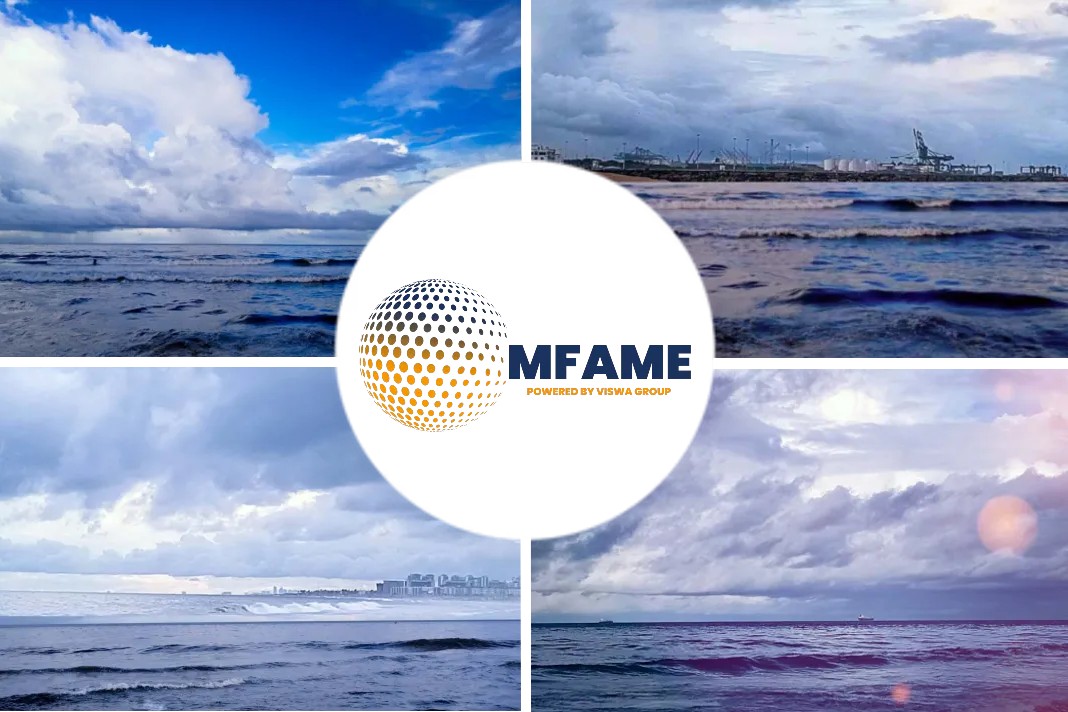As the shipping and bunker industries await the new 0.5% global marine fuel sulfur limit in less than two years, this week refiners have started to reveal some of their plans on fuel choices for shipowners in 2020.
BP – New Fuel
BP has announced two new fuels for initial release in Northwest Europe, which was revealed in a private meeting with shipowners during IP week. ExxonMobil said on Thursday that it might likely demonstrate its products later this year or early in 2019.
Sulphur cap – steep fall
The International Maritime Organization’s (IMO) global bunker sulfur limit is due to drop from 3.5% to 0.5% on January 1, 2020, forcing the majority of shipowners to switch from burning fuel oil to new, low-sulfur bunkers.
But there is no universally approved specification for these fuels yet, and a wide range of refinery streams could be used to produce a 0.5% sulfur product.
Bunker costs
The nature of the new bunkers interests both the shipowners and the bunker traders, who seek to find out the properties and likely cost of their fuels in 2020. Also, analysis is underway on how much residual fuel oil is expected for marine blends in the next two years’ time.
“It will not be a distillate world going forward, as some have said,” Iain White, ExxonMobil’s global marine field engineering services manager, said on Thursday. “There’s going to be a lot of blending, and there’s still going to be a lot of residual fuel oil in what ships are using.”
Engine failure prevention
For the engineers and chemists seeking to avoid the new fuel blends causing engine failures, the two key properties worth considering are, stability — whether a fuel will separate over time or under particular conditions, and compatibility — whether two fuels brought into contact with each other will separate.
Sludge forming at the bottom of a bunker tank after a fuel separates can block a vessel’s filters and lead to engine failure.
Fuel issues
“I don’t think we’re going to see much of the 85% diesel and 15% fuel oil products,” Jason Breslaw, BP’s senior originator for distillates, said on Thursday. Also adds, “There would be stability issues.”
Both refiners assured that they would not likely be able to bring at least 0.5% sulfur fuel to the market by 2020. BP revealed the fuel products from two shipowners on Monday, one more aromatic in nature and the other more paraffinic, and declined to comment on whether the two would be compatible with each other.
“It will be more than two, but less than 42,” Exxon’s White told S&P Global Platts in reference to his own company’s plans for the number of fuels it will make available.
Variety of fuels
The wide range of products available and likely compatibility issues will cause some headaches in 2020 — there will be no guarantee that a vessel bunkering a 0.5% sulfur fuel at Rotterdam will then be able to pick up a compatible fuel in Singapore as it goes east.
Shipowners will either need to set space aside for additional bunker tanks to keep the range of fuels separate from each other, or take the risk of mixing them.
“Vessels with multiple bunker tanks will be fortunate and keep the products separate,” BP’s Breslaw said. “Others will have to comingle.”
Storage concerns
The wide range of products that need to be kept separate could also be a boon to the storage industry at the world’s bunker hubs.
While demand for fuel oil storage is likely to decline further in the run-up to 2020, a large number of smaller tanks for different grades of 0.5% sulfur fuels will be needed.
Stability is less likely to be a problem than compatibility in 2020 if shipowners buy from reputable suppliers, the refiners said.
Any product sold under the International Organization for Standardization (ISO) standards will have a stability guarantee.
New sulfur cap set
The current ISO 8217 specifications do not encompass 0.5% sulfur fuels, and a new set is not likely to be published before 2022.
But the organization is currently working on a less formal ‘publicly available standard’ (PAS) to include the new grade, BP’s Breslaw — currently working with the ISO on this project — said.
“We expect further information about 0.5% specifications to become available in the middle of next year,” Edmund Hughes, head of air pollution and energy efficiency at the IMO, said Thursday.
ISO is expected to present details of its PAS to a meeting of the IMO’s Marine Environment Protection Committee in spring 2019, Hughes said.
Did you subscribe for our daily newsletter?
It’s Free! Click here to Subscribe!
Source: Platts























Excellent post however I was wondering if you could write
a litte more on this subject? I’d be very grateful if you could elaborate a little bit more.
Bless you! I saw similar here: Sklep internetowy
Great web site you have got here.. It’s hard to find good quality writing
like yours these days. I honestly appreciate individuals like you!
Take care!! I saw similar here: najlepszy sklep and
also here: najlepszy sklep
Wow, marvelous blog format! How long have you ever been blogging for?
you make running a blog look easy. The full glance of your website is fantastic,
let alone the content! You can see similar: sklep internetowy and here
sklep internetowy